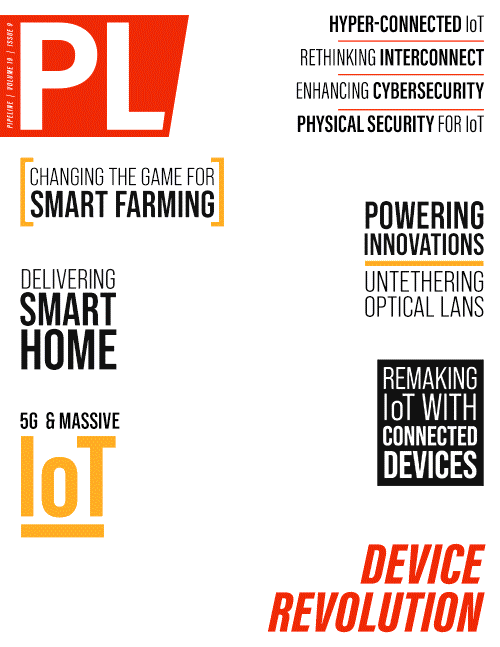Rethinking the Role of Physical Security
in your Data Center IoT Network
Based on the findings, the team can recommend improvements for individual devices and the entire system. It’s also important to implement a schedule of ongoing testing and reassessment of all inventoried devices to manage risk.
Cybersecurity best practices include:
- Ensure network and security monitoring tools manage all network-connected devices
- Implement end-to-end encryption to protect video streams and data in transit and storage
- Improve configurations and management practices by using secure protocols to connect devices to the network
- Disable access methods that don’t support adequate security protection
- Verify configurations of security features and alerts
- Replace defaults with new passwords and change them regularly
As new cybersecurity updates are announced, update management can be improved by defining who is responsible for tracking, vetting, deploying, and documenting available updates. You can also enhance access defenses with a layered strategy that includes multifactor access authentication and defined user authorizations.
Speak with your systems integrator or manufacturer about more cybersecurity strategies. They can work with you on a plan to ensure you have a strong cybersecurity posture.
Tapping Physical Security Data to Improve Operations
Protecting customer data is the top priority for any data center. To achieve this, many have security personnel monitoring systems 24/7 to respond to incidents as quickly and effectively as possible. Unfortunately, working with isolated or siloed video management and access control systems can slow down response times. They require operators to move between applications to piece together important information.
Isolated systems also make it more difficult to automate alarms, leaving data centers to rely on security personnel to actively monitor inputs and identify specific security threats. But security teams can quickly become overwhelmed with the amount of information coming in. This can lead to increased system and data vulnerability as important information is lost, ignored, or overlooked.
Having sufficient data management and structure is key to unlocking the value of that data. Unifying physical security systems on an open platform can help.
The first step for using data for operational insights is discovery. Data analytics offer the best insights when they’re deployed to confirm a hypothesis, rather than a solution in search of a problem. Identify the questions you’re trying to answer. Are you looking to find out why the security team gets double the amount of “door open” alerts from the same three doors? Who’s parking in unauthorized spaces at your data center? Which HVAC systems are working or offline? Once you’ve defined the questions, determine who needs to answer them, who has access to the data, and how it is accessed.
Applying the Data Available Through Your Physical Security Systems
A unified physical security platform can centralize both video analytics and data analytics to deliver a global view of your operations from a single interface. It can then be applied to automate and measure operational steps across a range of use cases:
Understanding anomalies
You can use data analytics to understand not only when breaches occur, but the circumstances and problems leading up to them. Run system health and monitoring reports to identify the most common anomalous events and explore them more deeply.



















